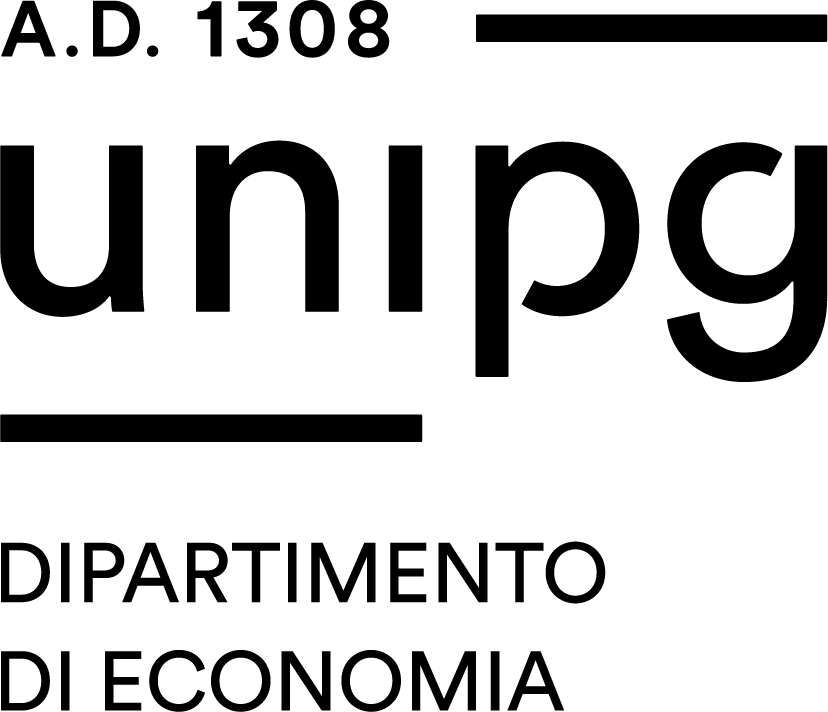Study-unit MACROECONOMICS
| Course name | Business administration |
|---|---|
| Study-unit Code | 20003909 |
| Location | TERNI |
| Curriculum | Comune a tutti i curricula |
| Lecturer | Mirko Abbritti |
| Lecturers |
|
| Hours |
|
| CFU | 9 |
| Course Regulation | Coorte 2022 |
| Supplied | 2023/24 |
| Supplied other course regulation | |
| Learning activities | Caratterizzante |
| Area | Economico |
| Sector | SECS-P/01 |
| Type of study-unit | Obbligatorio (Required) |
| Type of learning activities | Attività formativa monodisciplinare |
| Language of instruction | Italian |
| Contents | The course aims to analyze the economic aggregates (consumption, income, investments, exports, imports, inflation, unemployment) starting from the analysis of stylized facts. After an introduction dedicated to national accounting and defining aspects, the course will develop the main macroeconomic theories for the analysis of the short run and the long run. The tools used by policy-makers to correct systemic imbalances on the front of fiscal, monetary and currency policy (demand policies) will then be examined. Particular attention will also be paid to supply-side policies and their effects on economic growth. |
| Reference texts | N. Gregory Mankiw and Mark P. Taylor, “Macroeconomia”, Zanichelli editore, sesta edizione italiana, trad. Di P. Canton, A. Oliveri, 2015 |
| Educational objectives | The course aims to provide the founding principles, main concepts and fundamental theories of Macroeconomics. |
| Teaching methods | Face-to-face; review sessions and problem sets. |
| Other information | For more information: https://www.unistudium.unipg.it/unistudium/ |
| Learning verification modality | Written exam |
| Extended program | PARTE 1: INTRODUZIONE 1. La Macroeconomia come scienza 2. I dati della Macroeconomia a. Il Prodotto Interno Lordo b. L’Indice dei Prezzi al Consumo c. Il Tasso di Disoccupazione PARTE 2: L’ECONOMIA NEL LUNGO PERIODO 3. La crescita economica 4. Il sistema monetario 5. L’inflazione 6. La disoccupazione 7. L’economia aperta PARTE 3: L’ECONOMIA NEL BREVE PERIODO 8. Il ciclo economico: definizioni e fatti 9. Il modello IS-LM 10. Il modello AS-AD 11. La Phillips Curve |


